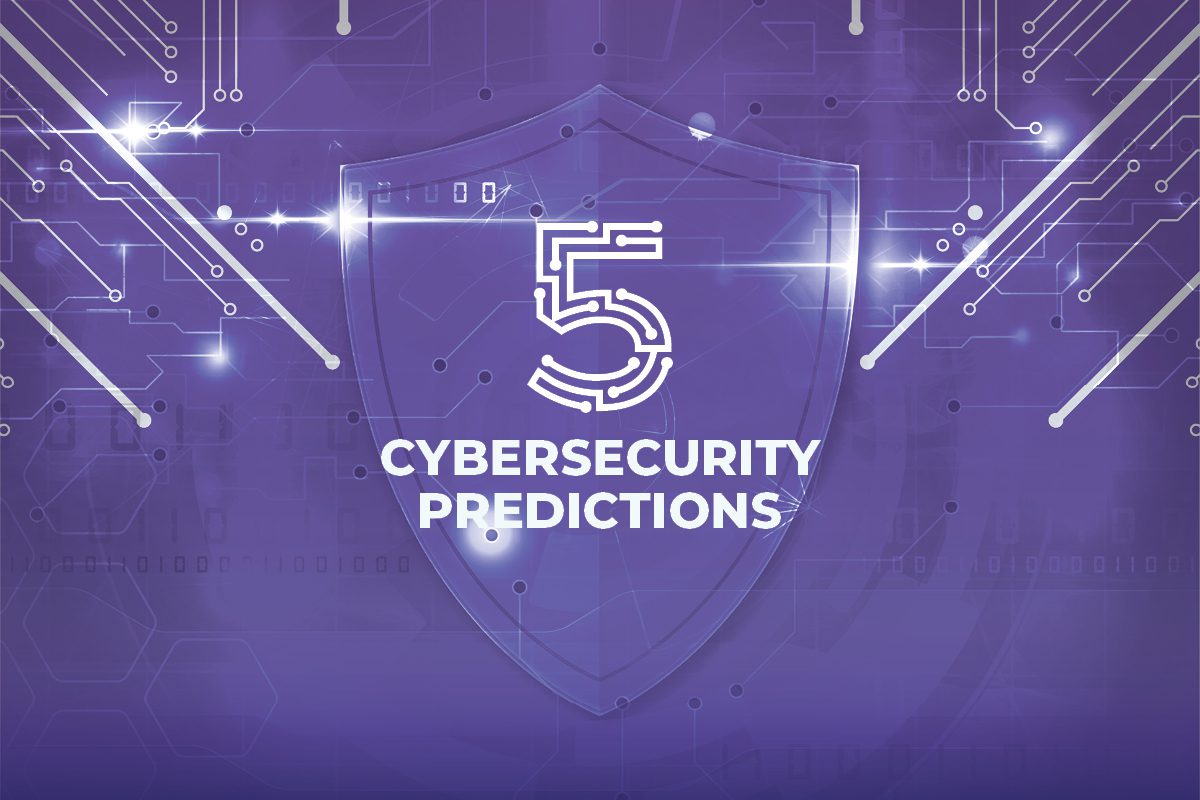It seems as if every week there is another major data breach or cyber-attack in the United States. At this point, almost every person with an online presence has likely had their email and/or password compromised. Many common forms of authentication like multi-factor hardware tokens or employee access badges can be easily lost. Worse still, employees who have lost credentials may not even notice the lost immediately. By the time the loss is reported to the security team it may already be too late, and physical or logistical access to the organization may have already been attained.
As the numbers of exposed records continue to rise, the general public and companies can easily fall into breach fatigue complacency and may stop caring about the security impact it can have on them. But this affects employees and businesses alike as employees often will continue to use variations of their favorite credentials that have been compromised and remain searchable online.
In efforts to combat this reality, executives from many industry leading companies have begun to turn their organizations towards biometric authentication technology, realizing that an employee’s exposed password is a security risk that can be mitigated by removing it from the equation.
Mobile First
The modern workforce is versatile. Many companies have begun to evolve technologically in order to create a more mobile workforce capable of working from anywhere around the globe. Though there are also those companies that have retained the value that office hours bring, both of these types of organizations rely on communication and companies in every industry vertical are equipping their workforce with mobile devices.
As access to biometric readers have become more prevalent on mobile devices, many companies are taking advantage. This is most evident within the financial services industry as banking, investing, and budgeting applications have begun authenticating users with fingerprints, retinal scans, and facial recognition more frequently. These mobile devices can be a huge force multiplier for security teams around the world, as the major smartphone manufacturers are in a heated race to make smarter, faster, and more secure advancements in technology than any single company or person could accomplish on their own.
A lost or stolen smartphone is also almost immediately noticed by a user. Speedy steps are usually taken to find or replace the phone, and from a company’s perspective any authentication software on the phone is protected by biometric security or a digital pin number that can lock out the phone if incorrectly guessed too many times.
Biometrics can be valuable but employees must still be trained on cyber risks. A notable example being that despite a national decrease in users falling victim to phishing attacks on their computers, research has shown that mobile device users are more likely to fall victim to phishing attacks.
Biometric Implementation
Moving away from passwords and towards password-less authentication helps mitigate risks and has never been easier, especially in the U.S., with the increased availability of devices and software to support biometrics. Costs to make this technology shift are decreasing, requiring little or no expansion of an IT budget. There is no need to add another expense for equipping the entire workforce, because the users are generally already familiar and accustomed to biometrics on mobile phones which potentially eases the learning curve of implementation.
The process of securing data isn’t complete after biometric readers are implemented. Biometrics is more than just the physical identifiers like eyes and fingerprints that make each person unique, it is also their behavioral characteristics that can be used to grant and verify access to computer systems, devices, and data. Some companies are already taking the next step by adding in behavioral characteristics and individual analytics to measure keystrokes, common spelling mistakes, typing cadence, or how a user interacts with their mouse or trackpad into their security matrix.
Collecting this type of user data and establishing patterns and trends can help companies detect when the user at the endpoint may not be acting according to their typical behavior. This provides early warning signs and alerts that a computer or user account may have become compromised or victim to a cyber-attack. The benefits of this early alert are in the reduced cyber response time, which reduces the overall negative impact of a possible breach.
Cybersecurity and data privacy have become commonplace terms and people around the world are beginning to take note of the importance their personal data can have in the global economic and political web. In the United States, more states have begun implementing tougher and more stringent laws to drive companies into increasing their information security posture. Implementing a holistic solution to protect data of both internal employees and external consumer data at a company has never been more important or required more compliance expertise. The Internet of Things (IoT) is changing the consumer data landscape, and the emerging trends are showing that passwords will soon be a thing of the past as biometric security becomes the risk-mitigating strategy of visionary industry leaders.



